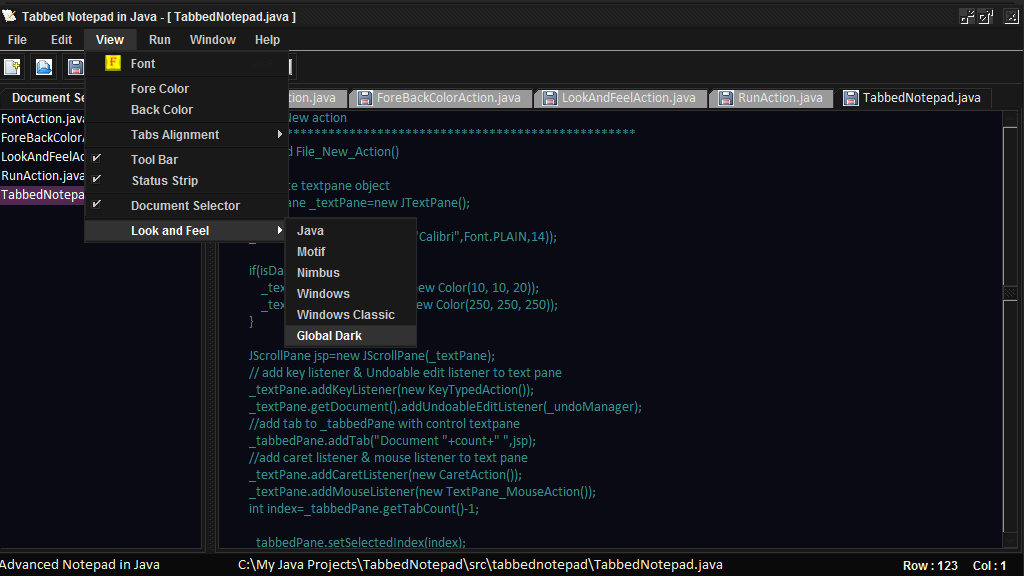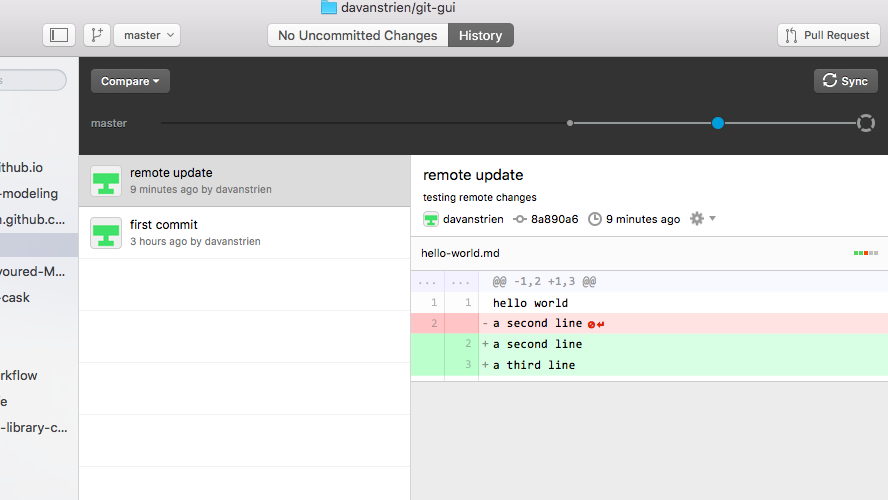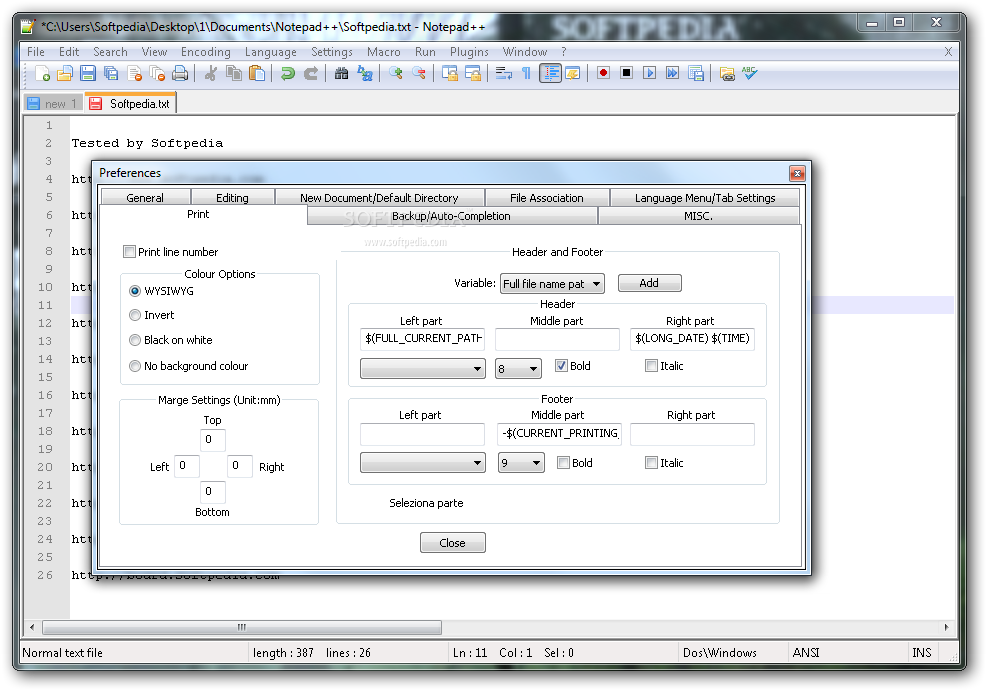
> git config -global core.editor "emacs"īy making use of the flag -global it will tell Git to use these settings for every project, in your user account on this computer.
#Github desktop notepadd windows
From the Arduino IDE or Windows Notepad lets correct the variable. > git config -global core.editor "scratch-text-editor" Furthermore, GitHub released a GitHub Desktop GUI for Windows (graphical user. > git config -global core.editor "gedit -wait -new-window"


> git config -global core.editor "'c:/program files/Notepad++/notepad++.exe' -multiInst -notabbar -nosession -noPlugin" > git config -global core.editor "'c:/program files (x86)/Notepad++/notepad++.exe' -multiInst -notabbar -nosession -noPlugin" > git config -global core.editor "'c:/program files/sublime text 3/sublime_text.exe' -w" > git config -global core.editor "'c:/program files (x86)/sublime text 3/sublime_text.exe' -w" > git config -global core.editor "subl -n -w" > git config -global core.editor "edit -w" > git config -global core.editor "nano -w" > git config -global core.editor "atom -wait" You should also set your favorite text editor to one of the following: Editor Note also that the email address used should be the same as the one used when setting up your GitHub account.
#Github desktop notepadd software
This user name and email address will be associated with all your subsequent Git activity, for any changes pushed to GitHub, BitBucket, GitLab or any other Git host server. It is a software application that provides users with powerful features such as text editing, copy, cut, and paste, font customization, and color scheme options. Please use your own details to configure your account. > git config -global user.email git config -global color.ui "auto" By way of example, this is how I would configure an account for a new computer: > git config -global user.name "Kevin Kotze" On a command line in the terminal, Git commands are written as a git verb, where verb is the activity that we want to undertake. your preferred text editor (for this overview),.To get started with Git we need to provide it with a few details relating to: Note that the changes that you make during this session can be updated or changed at a later point in time by using the same commands. This is our generic error handler when Electron raises an error inside open-file.It is usually a good idea to get started with the help of the Git Shell, which should open as a terminal application. In the Options window, select Integrations. On first usage I got this prompt, which makes sense: Notepad++ RStudio Aptana Studio Configuring a default editor Use the File menu, then click Options.
#Github desktop notepadd install
Install a good text-editing software such as Notepad++ to. Putting that aside, I tested out installing EmEditor and Desktop and associating it with opening a file extension (in this case. Windows built-in text editing software doesnt support the line terminators used in Linux text files. That's the core of the differences between Classic Desktop and Desktop Electron, and why that menu item is currently labelled Open in default program and not Edit in default program. Your plugin or theme must contain a header in the style.css header or in the plugins header denoting the location on GitHub. So while EmEditor does declare itself as an editor for text files, Electron is only leveraging programs that support opening a given extension. The changes list announces file selection position with screen readers - 16108. The file status of a changed file is announced by screen readers - 16098.

Notice that L"open",? This is where the first problem comes in: Windows expects a verb to ShellExecute to hint at what the user wants to do with the file, and Electron currently hard-codes open. The context menu for a file in the changed files list can be invoked by keyboard shortcuts - 16114.

TODO(nsylvain): we should also add a dialog to warn on errors. If ( reinterpret_cast ( ShellExecuteW( NULL, L"open",


 0 kommentar(er)
0 kommentar(er)
